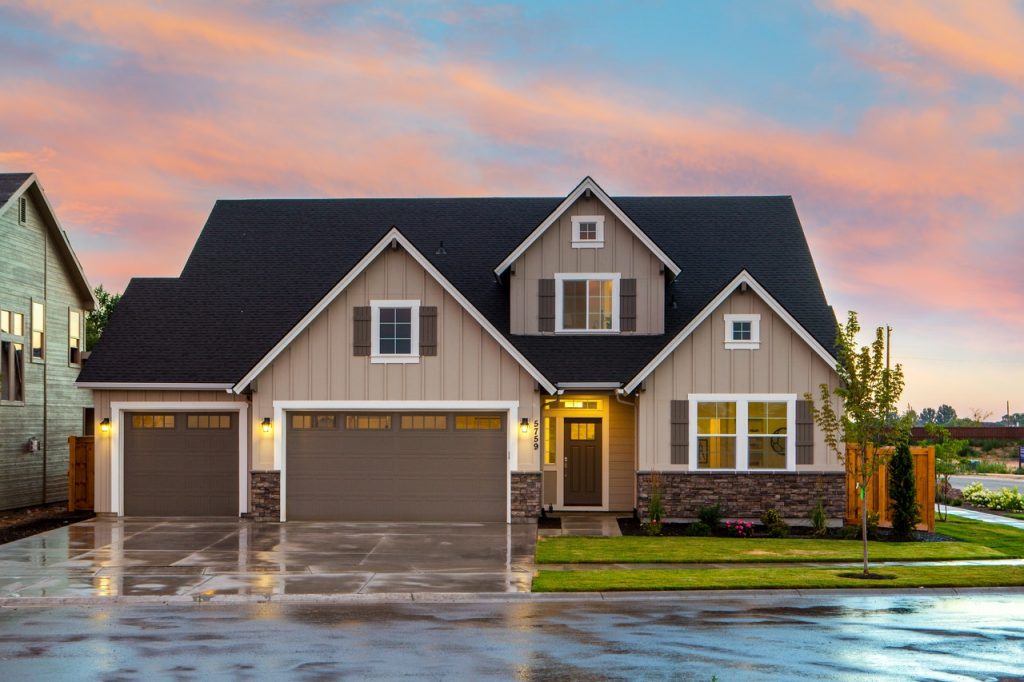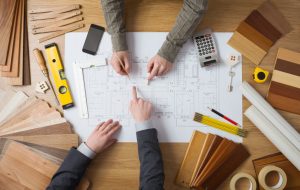Due to the popularity of renovation reality shows, a lot more people are taking the flip-a-property approach when buying homes. For one, it’s relatively more inexpensive than a new house. Plus, you get to reconfigure stuff and create your dream home, without exactly building from scratch.
But renovation shows are also very telling when it comes to costs. Sure, a fixer-upper may be a lot cheaper than a turn-key, but as you’ve seen on TV, fixing it often goes beyond budget, quickly draining cash out. So if you’re thinking about buying a fixer-upper, know first if it’s indeed worth buying in the first place.
When and When Not to Buy
The first thing you have to consider when buying fixer-upper homes is… yourself. You have to take into consideration your attitude, availability, and experience. Ask yourself, am I really ready to take on a huge project like this? Do I have the time and patience to oversee things? What do I know about fixing property stuff? Do I already have a vision for the property I want?
If you say yes to all these, then, by all means, go and purchase that fixer-upper. But if in the first place, your motivation for doing this is because it’s trendy, and your next-door neighbor is doing some real good HGTV-like renovation at their home, there’s a good chance that a month into your own project, you’re already begging for things to fix up fast (which can never be the case). So go instead for a move-in ready home.
The next thing you have to take note of is the budget. If you already have a particular budget in mind, with little to no wiggle room for additional costs, a fixer-upper isn’t for you. Renovations are full of unforeseen expenses. Major ones, often. This includes, for instance, a beam that has lost its structural integrity or subflooring in the kitchen that has been rotten by termites.
To fix these, you’d have to put in a lot of cash. So if you’re already fixed on budget, fill your home options with move-in-ready properties. But if you’re more flexible, then go get a fixer-upper.

The Perfect Fixer-upper
Not all fixer-uppers are equal. Some will require more work (thus more costs and stretched downtime) than the others, so your goal is to find the ‘perfect property’ to flip. Now, the idea of ‘perfect’ depends a lot on your vision for your home. You want to find a space that closely resembles already your dream house, structure-wise and layout-wise, so the rest of the makeover will just be minor.
So for instance, if you’re envisioning a space that has an open-plan kitchen, then find a fixer-upper that has that, to begin with. According to interior designers, kitchen remodeling projects often take a huge pie in renovation costs and schedule, so you want this area of your home to have as few reconstructions needs as possible.
Aside from finding fixer-uppers that look closely like your dream home, make sure to distinguish aesthetic problems from foundational ones. Patching walls, broken windows, and ugly doors can easily be fixed. But outdated plumbing systems, shaky foundations, and dysfunctional HVAC equipment aren’t, so stay away from fixer-uppers that have these.
Buying a fixer-upper is a big decision to make. That’s why it’s important to think about it carefully, reflecting on your attitudes and capabilities and most importantly, being smart in choosing properties. All the best with your decision.






